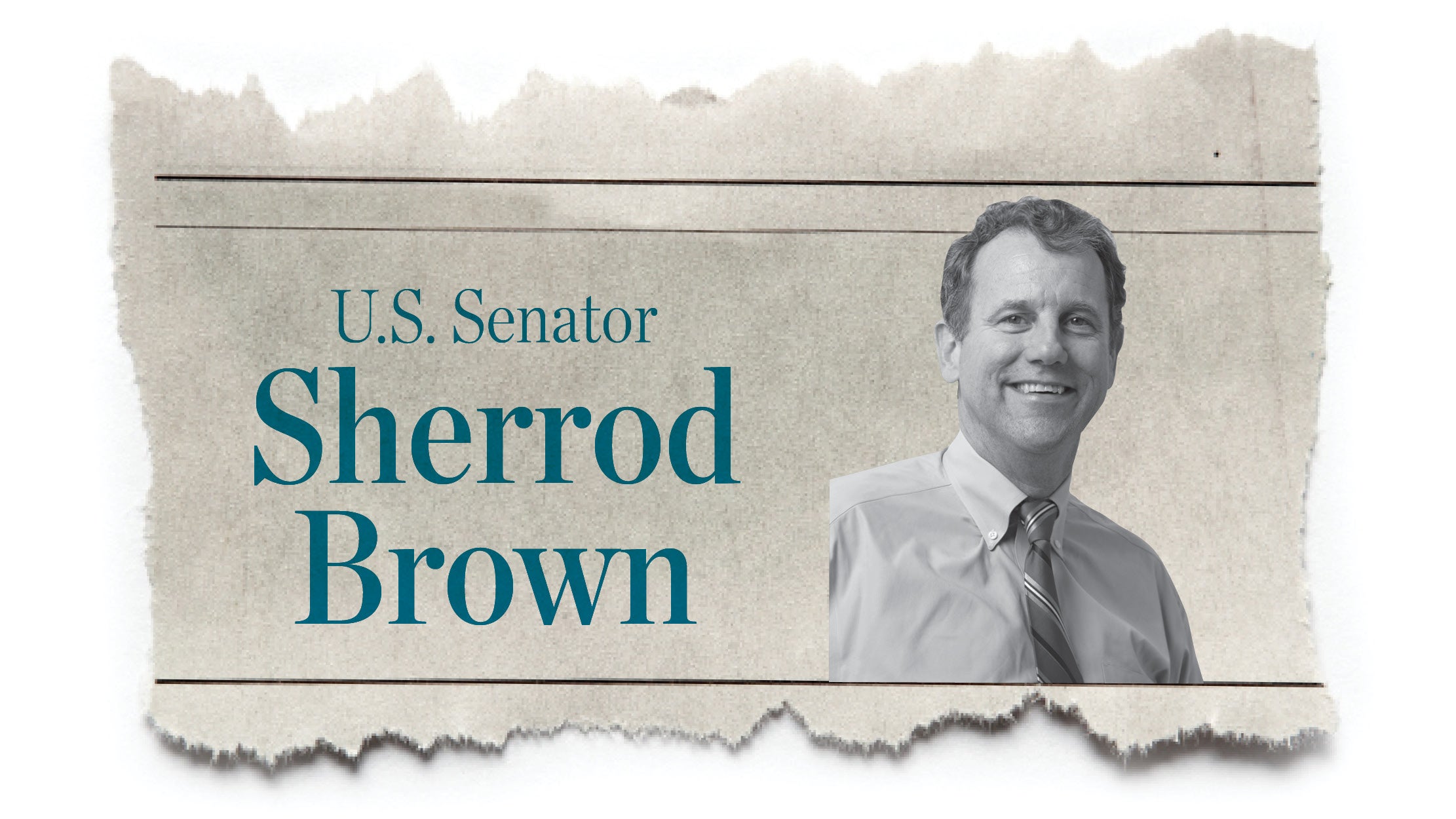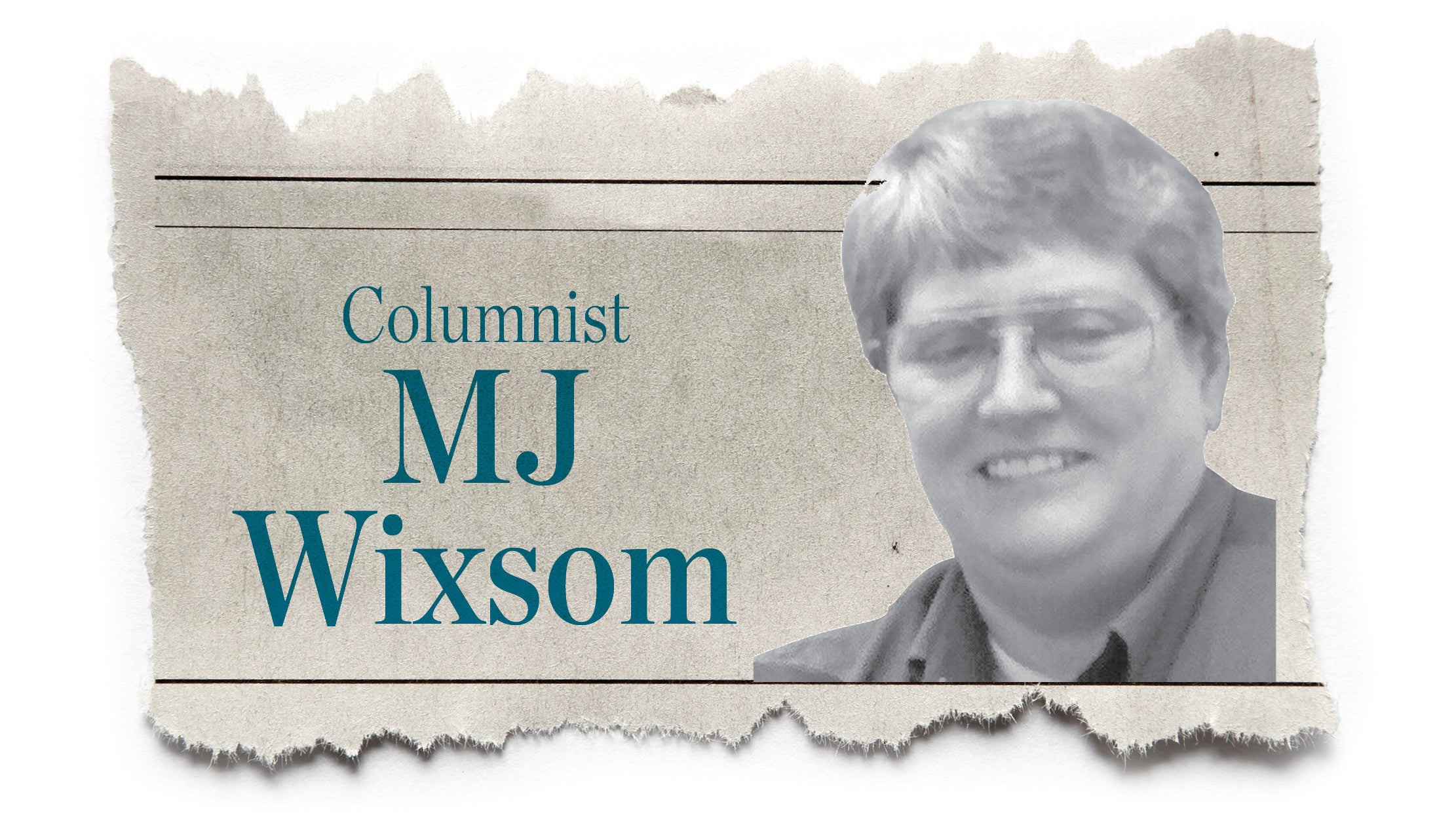Getting to the point of pencils
Published 9:49 am Thursday, September 12, 2013
Now is a good time to revisit the 1958 essay in which Leonard Read examined how a pencil is made — and how it is miraculous that a pencil is made at all.
The standard pencil begins when a cedar is cut down. Ropes and gear tug it onto the bed of a truck or a rail car.
Think of all the numberless people and skills involved in mining ore to produce steel and refine the steel into saws, axes and motors, wrote Read.
Think of all the people who grow hemp, then transform it, through various stages, into a strong rope.
Think of the untold thousands of people who produce the coffee the loggers drink!
The logs are shipped to a mill and cut into slats. The slats are kiln-dried, tinted, waxed, then kiln-dried again.
How many skills were needed to produce the tint and the kilns, Read wondered. What about the electric power? What about the belts, motors and other parts at the mill?
The pencil slats are shipped to a factory. A complex machine cuts grooves into each. A second machine lays lead into every other slat. Glue is applied. Two slats are sealed together as one, then cut into lengths that form pencils.
The lead alone is complex, he explains. It’s not really lead. To produce it, graphite is mined in Ceylon. The graphite is packed and shipped, then mixed with clay from Mississippi. It is treated with wetting agents — such as sulfonated tallow, which is formed when animal fats chemically react with sulfuric acid.
The pencil receives six coats of lacquer. Lacquer has numerous ingredients, including castor oil. Think of all the chemists needed to create the paint — think of all the castor bean growers needed to produce, refine and ship the oil.
The brass end that holds the eraser in place is a marvel. Miners need to first extract zinc and copper from the earth. Experts transform those materials into sheet brass, which is then cut, stamped and affixed to the pencil.
That brings us to the eraser. It is made from “factice,” wrote Read, a rubber-like product that is produced by rapeseed oil from the Dutch East Indies reacting with sulfur chloride.
To be sure, an awe-inspiring amount of work goes into producing a pencil. Millions of people collaborate to produce it — millions ply their unique trades and skills — yet they have no idea they are collaborating.
Each is merely exchanging his small piece of know-how for the money he needs to buy the goods and services he wants, wrote Read.
More amazing is this: No one person is capable of making a pencil. Not even the president of the pencil company.
No one person could possibly manage the millions of people — and the millions of decisions they freely make — who produce the ingredients that become a pencil.
Despite the absence of a mastermind, billions of pencils are made every year. They’re produced with such humdrum efficiency that every one of us takes pencils for granted.
The pencil, explained Read, is the triumph of human freedom — a triumph of creative human energies spontaneously responding to human necessity and desire.
There never was a need for a presidential commission on the production of pencils.
Without one government program, the need for pencils arose. Without any meddling from an Ivy League bureaucrat, the pencil was invented, produced and sold — the demand for pencils was met.
It is a folly for any man, or group of men, to think of producing something as incredibly complex as a pencil. How much harder must it be to produce a car — one that consumers will want to buy, anyhow?
Read concluded his essay with this advice: The best thing our government can do is leave our creative energies uninhibited — remove the obstacles that prevent human creativity and innovation from flowing freely.
Not create more obstacles by using taxpayer dough to take over a private company.
Thank goodness our government hasn’t taken over any pencil companies yet. It would be that much more costly and difficult to write to our Congressmen.
Tom Purcell is a Pittsburgh Tribune-Review humor columnist. This column is an excerpt from his new book, “Comical Sense: A Lone Humorist Takes on a World Gone Nutty!” Send comments to Tom at Purcell@caglecartoons.com.





